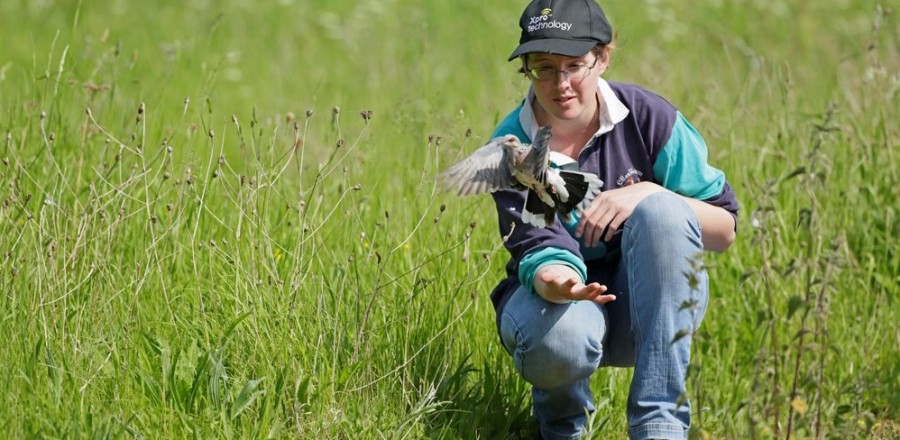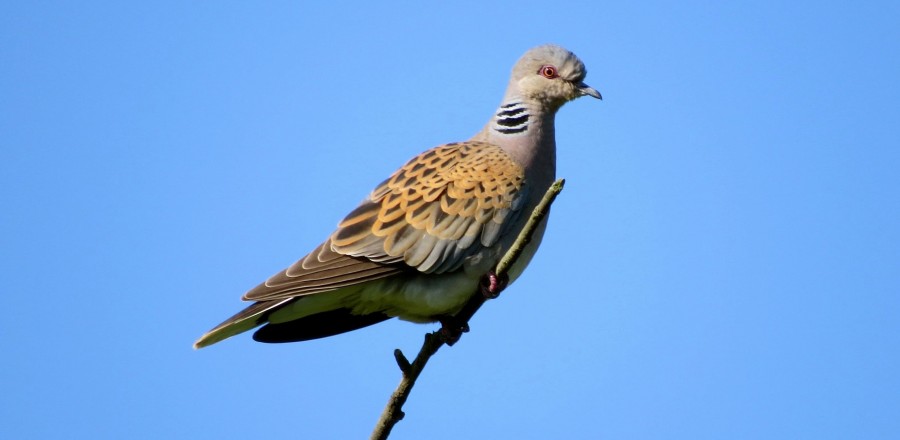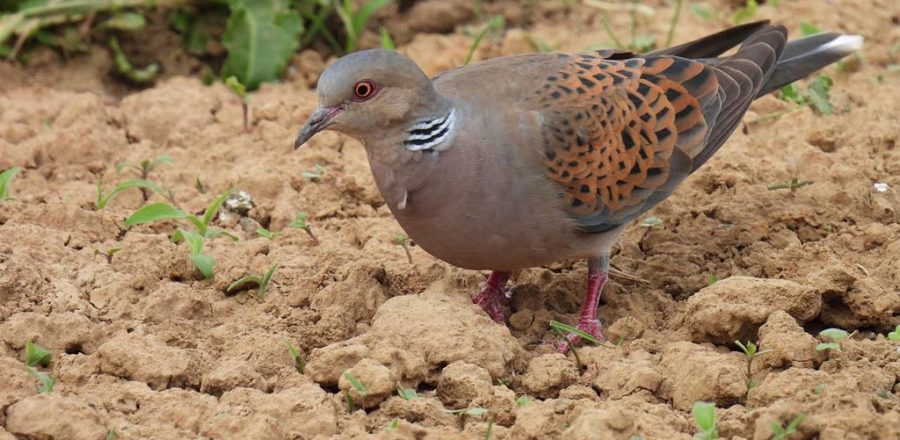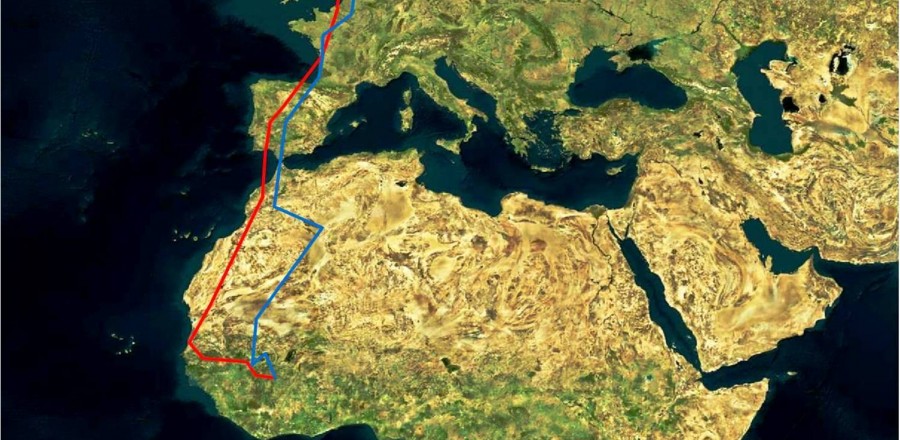Turtle Doves (Streptopelia turtur) have declined dramatically in the UK and reduced almost everywhere else in their European range.
However, we now know the key problems faced by Turtle Doves and what conservation action needs to be taken, and Operation Turtle Dove is optimistic that we can reverse the fortunes of this enigmatic and culturally significant bird.
You can play a part in their recovery. Photo credit@: Dougal Urquhart










